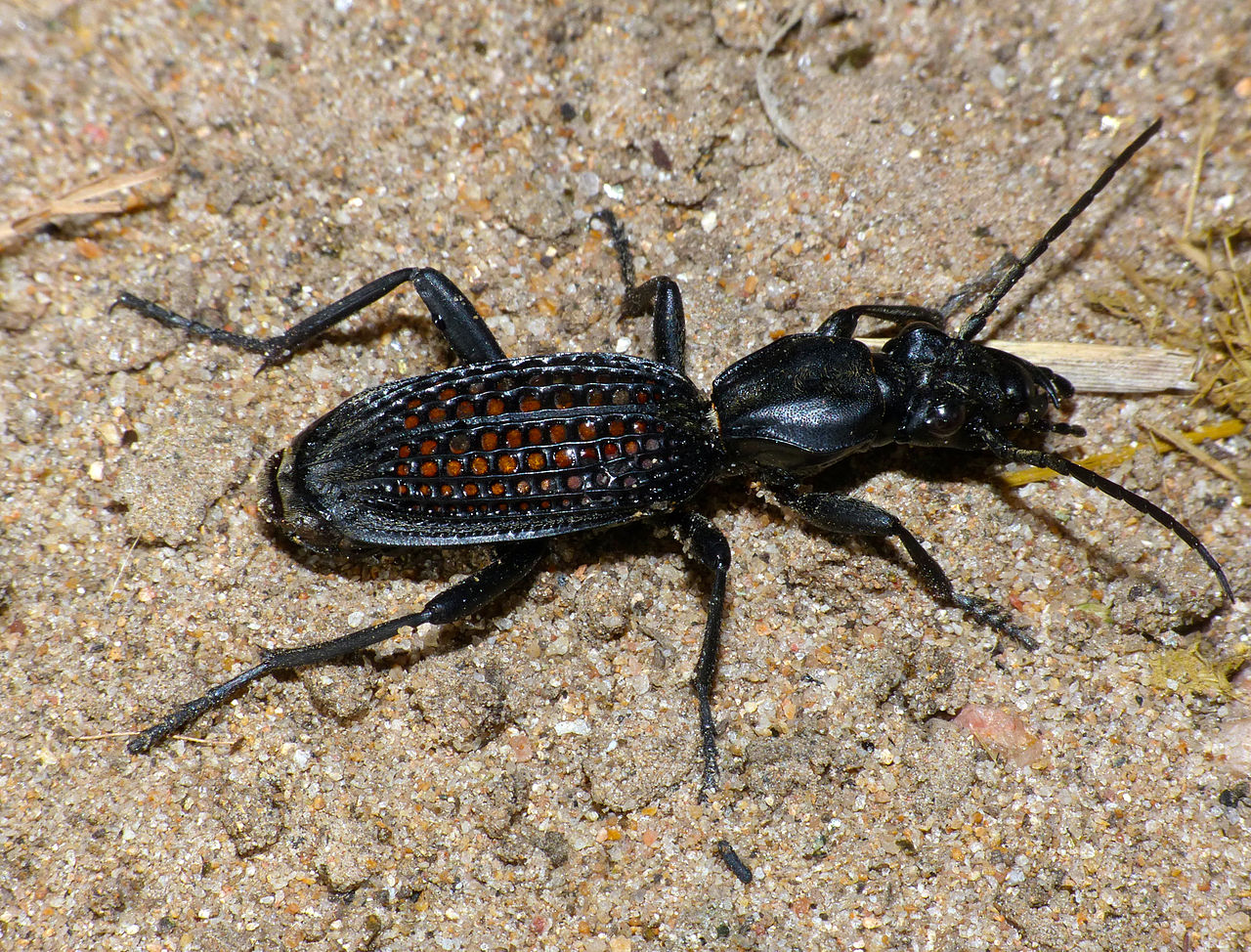

The recommended frequency would be at least once a week so as not to give them time to bounce back. Regularly mowing your lawn can curb the breeding of owlet moths. Here are the ways to prevent the propagation of cutworms, as well as the methods you can use to get rid of them: Proper Lawn Maintenance

Prevention and Treatment of Cutworm Infestation This is because a moth could lay hundreds of eggs in its lifetime. However, without deliberate mitigating measures, their numbers could grow exponentially within weeks. A single caterpillar couldn’t do much harm to your turf. As they approach maturity, they could consume an entire leaf up to the stems! Cutworms mostly stay within the soil, so you’ll notice chew marks on the blades of grass that are closer to the ground. Younger cutworms tend to nibble on leaf edges. They’re nocturnal, like their larvae, and their wings are generally brown with a combination of gray, red, or pale yellow. The most obvious sign of the presence of cutworms would be their presence in adult form. Other types of grubs can still be harmful to your lawn, so you’ll still have to be wary. Although it could mean that other types of grubs are present, that doesn’t mean you should take it lightly. You’ll likely find them hiding underneath layers of thatch because they don’t burrow deeply.Ĭutworms attract birds, so if you see cardinals and grosbeaks hanging out in your yard, there’s a good chance that you’ll see caterpillars, too.

These caterpillars hide during the daytime and come out to feed at night. While the adult moth feeds on fruits, nectar, and sap, the larva gnaws on the leaves of crops and grass. Here’s all that you need to know about cutworms, from their distinguishing characteristics to the extent of the damage that they inflict: IdentificationĬutworms are caterpillars of some species of owlet moths. Investigating the Causes Behind Destructive Earthworm Infestation What Are Cutworms in the Lawn?


 0 kommentar(er)
0 kommentar(er)
